Movies were not square. Cartoons were not square. Magazines were not square. Postcards were not square. Since childhood (I’m 33) I had resisted the photographic coffee-coaster ratio. It didn’t make sense to me. Over the last few years of my photographic life I have discovered and fallen for Robert Adams, Larry Fink, Gerry Johansson – amongst others – who all found total harmony in the square.
One night, when I couldn’t sleep, I went through a load of my own favourite photos and cropped them into squares, just to see what effect it would have on them. It was a sobering experience. I would genuinely say 80% of them worked better as squares. It was a total revelation, and the evangelism of Larry Fink in his great Aperture book ‘On Composition and Improvisation’ where he talks about the powerful visual maths of a square really hit home.
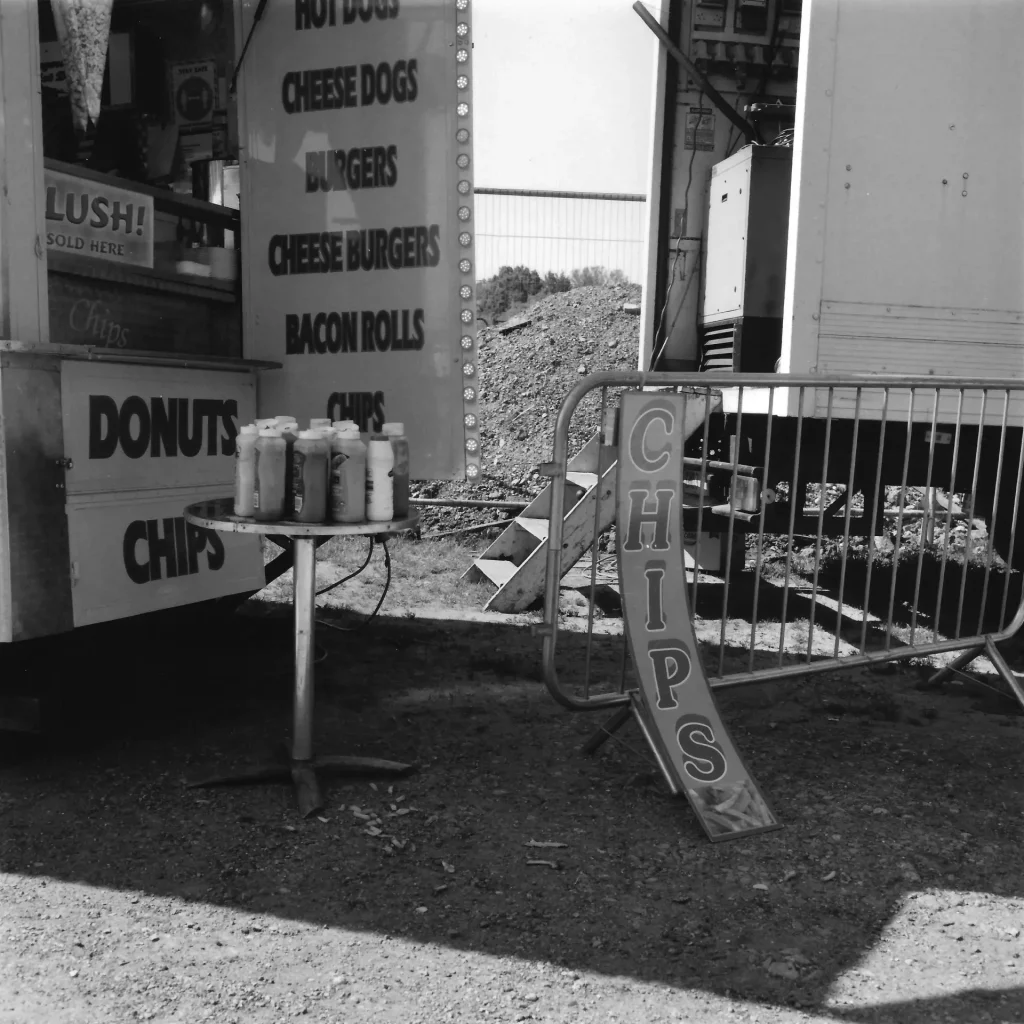
So I decided it was time to step out of my rectangular comfort zone. Plus, a friend had said to me I ought to try a TLR; I’m not a photographer who loves putting my camera in a stranger’s face, but I do like to photograph strangers from time to time, so the arguably more surreptitious DNA of a camera fired from the solar plexus ticked boxes.
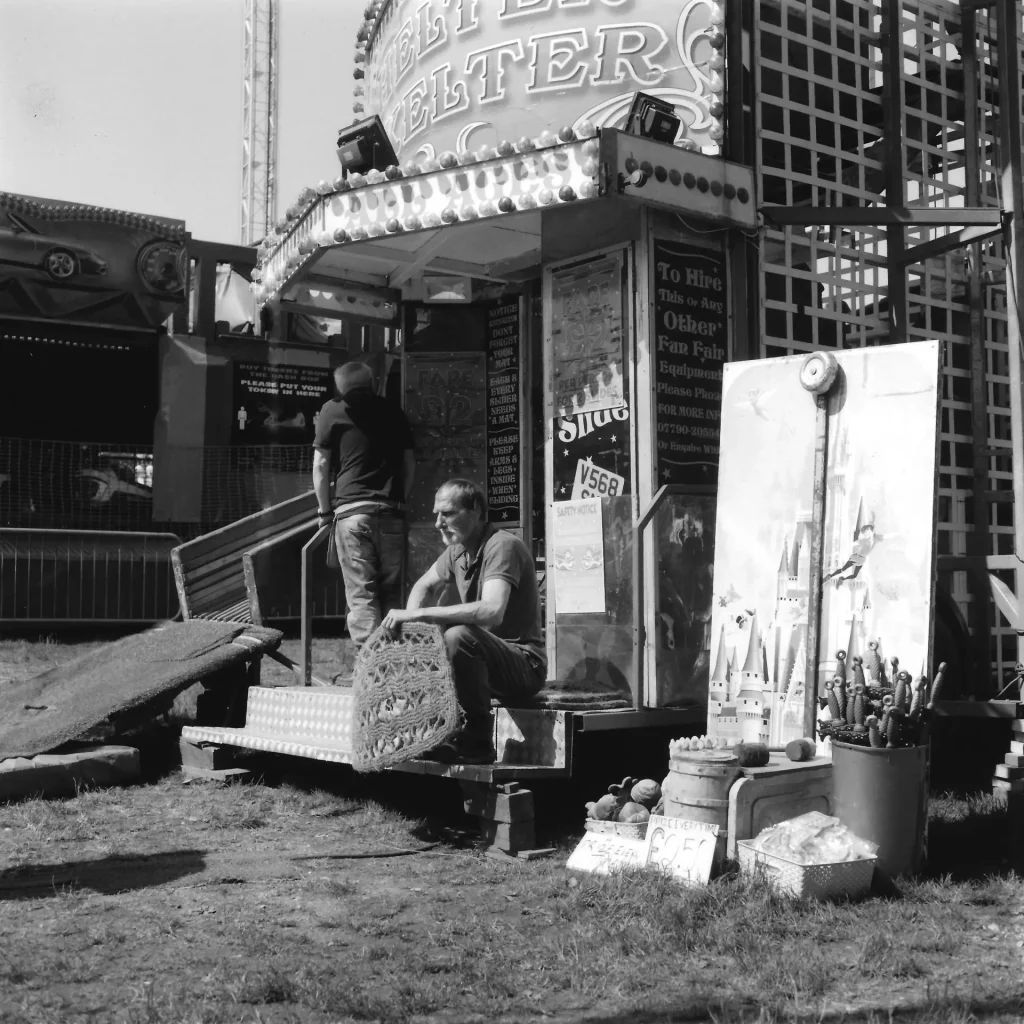
I won’t go into fine detail on the features and operation of a Minolta Autocord as I might have done had there not very recently been a fantastic piece on this very blog which you can read and enjoy (along with the wonderful photos) here.
What I will say though is this: The Autocord is a great camera!
Is the lens brilliant? Yes. Does it feel good to use? Yes. Did I have anything in TLR-world to compare it to? No! I have since held, for the first time, a Rolleiflex. I can admit the Autocord is not so solid as the German, nor is the screen quite as clear and contrasty. But you can get yourself an Autocord in very nice condition for between £200 and £250. A Rolleiflex will cost you a lot more for a good one. And to reiterate what has been said many times before about the Autocord; the focussing tab beneath the lens really is much quicker to use than the knobs employed by almost all other TLRs, which demand you do all the crucial focus work with your left wrist. For right-handers like myself, I pick the ambidextrous focus tab of the Minolta any day. Diplomatic ergonomics.
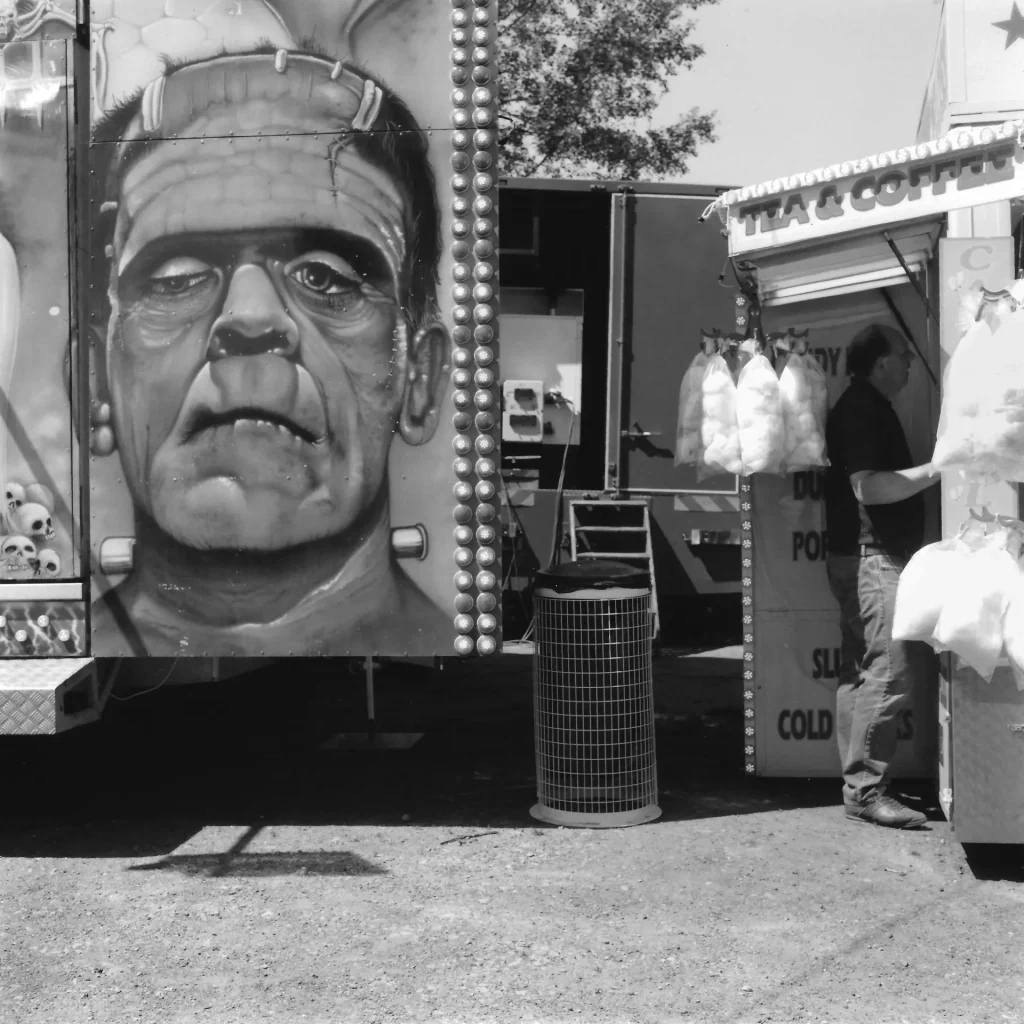
This isn’t my first time with medium format. Actually it’s a homecoming, because back in 2011 I had a fairly substantial dalliance. But over the following decade I had wanted a small camera I could have with my everywhere, and for reasons I won’t divert to here, after several other 35mm cameras failed their auditions, the position was filled by a Leica iiif. When the pandemic hit I, like many photographers, thought “OK, well now I have time to make even more work.” The trouble was, I just took hundreds of boring photos.
A lot of the time I was photographing for the sake of it, and my strike-rate on a contact sheet dipped. Yes, that is possibly also because subject matter became far more mundane given the world’s muzzling. Anyway, I knew going back to medium format – 12 shots on a roll – would slow me down, and really change again the way I make work. And it has. Maybe I’m just getting old. There is a deliberateness to using this camera. If my iiif is a pistol, then this is a rifle.
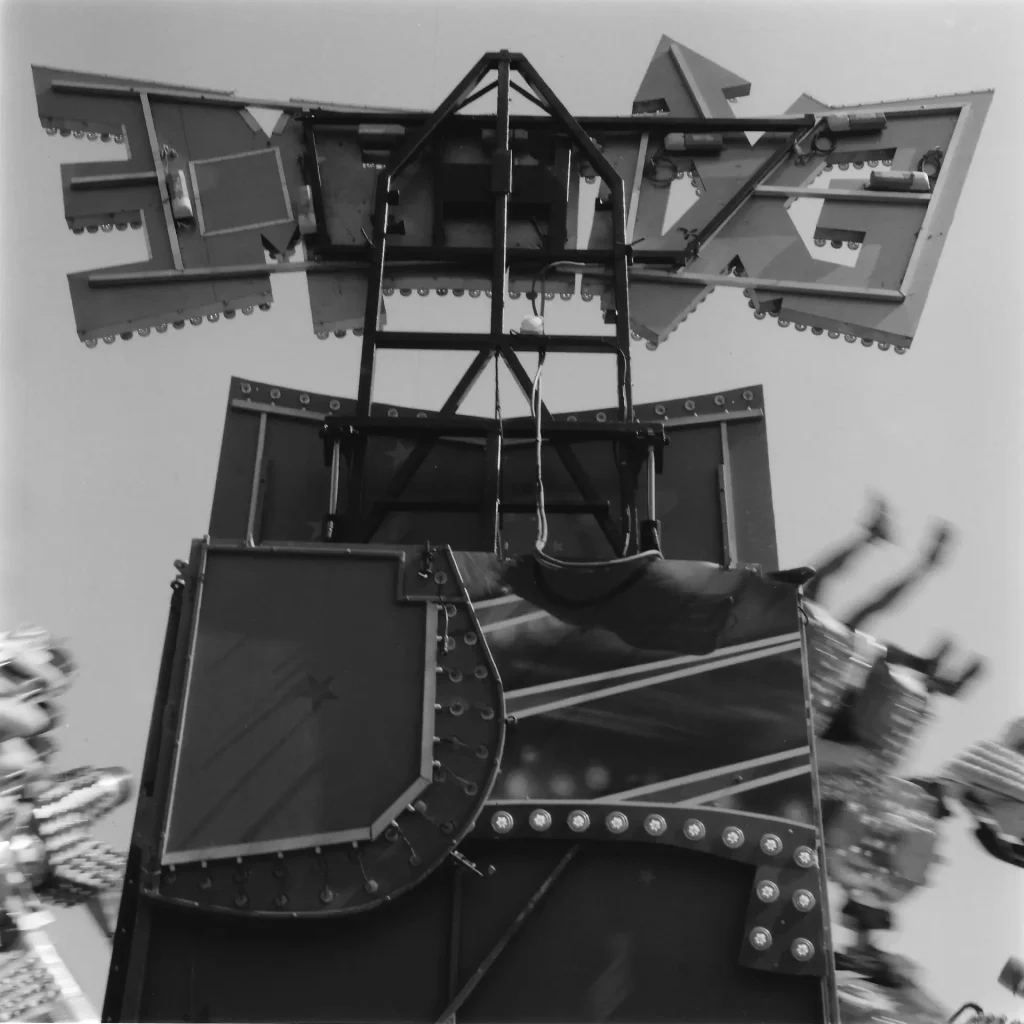
I think I’ve put about 25 rolls through the Autocord before this trip to a travelling funfair, so whilst I am by no means fluent with it, I wasn’t a fumbling fool. I can change film in about 45-seconds if needed, and I know by feel where 15-feet is on the focus tab. Having said all that, I’m never going to be a ninja with this thing. That’s not the point. I can be discrete with it, yes, but it will still take twice as long to compose, adjust speeds or aperture, then advance the film as it would with almost any 35mm camera. But as I said above…that’s kind of the point. Slow. Slow.
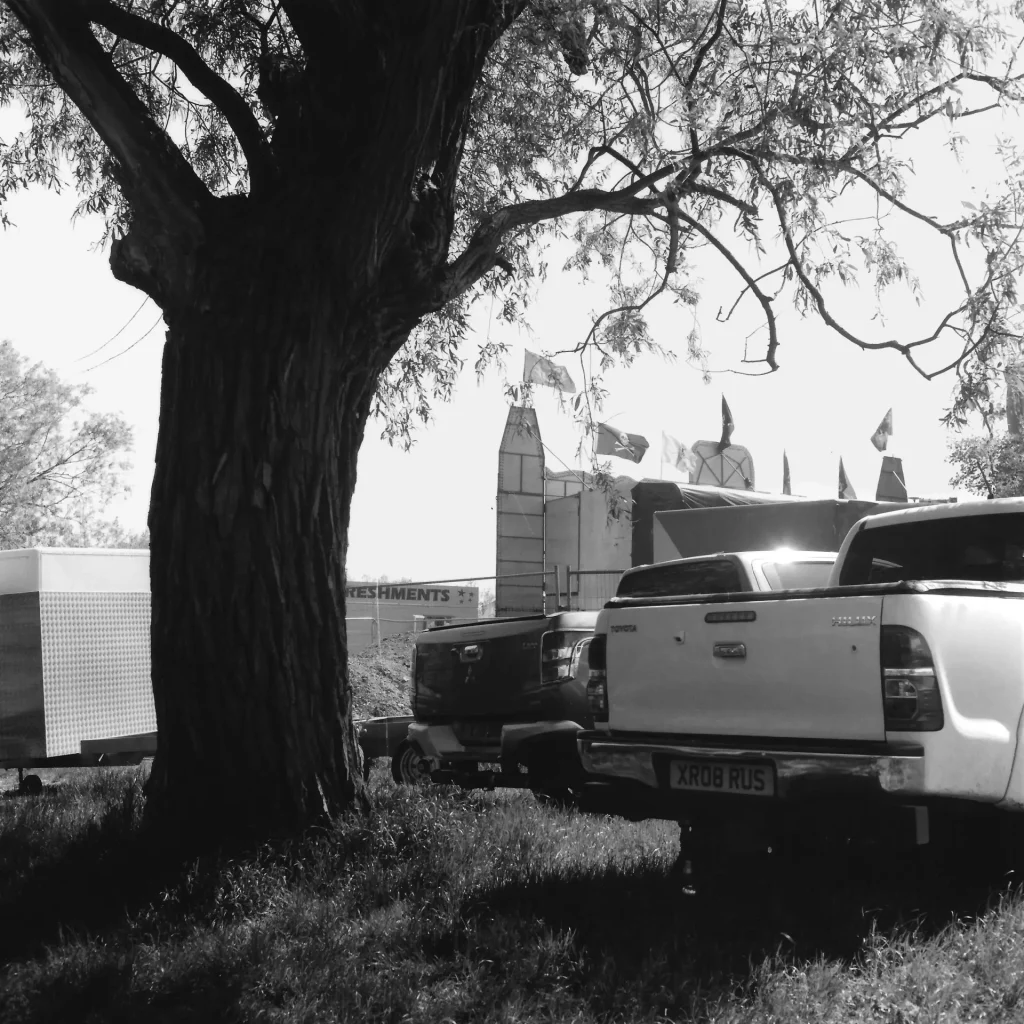
At the fairground nobody seemed to pay too much attention to me during my couple of hours dawdling around. Which I love. Some people argue that for covert photography you need a really discreet camera. There are people very successful with a Ricoh GR or similar. I actually argue the opposite, and think my older cameras, so obviously archaic, and almost just affectations, mean that people don’t for a moment take them seriously.
The most common remarks I get with either the Autocord or my Leica iiif are “Does that thing work?” or “Can you still get film for that?” or “God, I remember those things.” People think I’m a joke. Which is perfect. Especially at a funfair full of kids I don’t know. You can’t deny that pointing a gigantic digital SLR with a zoom lens at a stranger’s kid would come across more suspect than a steampunk box camera with black and white film.
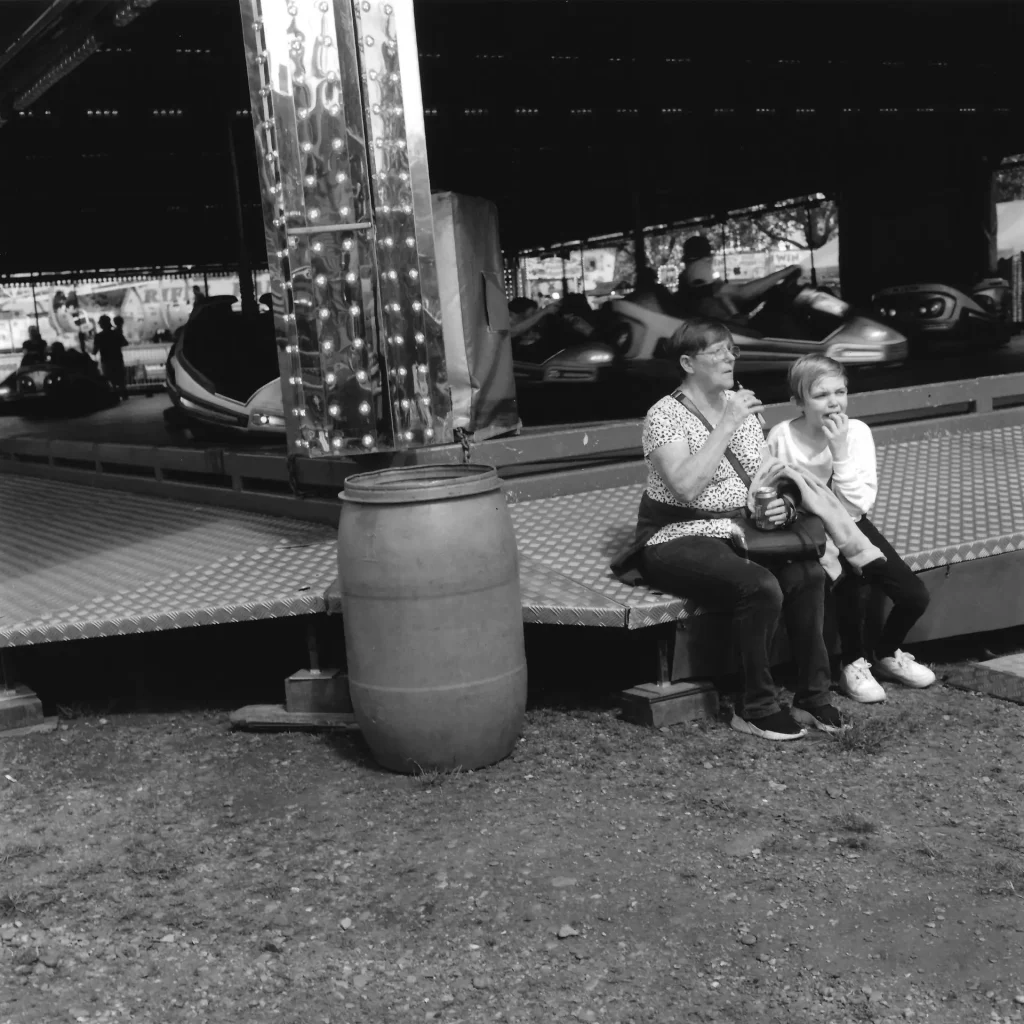
Some notes on chemistry: I’ve become a real convert to Foma 100 and 200 films. (The 400 is, in my opinion, nasty.) Foma film is so refreshingly affordable; compared with the likes of Kodak it’s actually half price. All the images here are from Foma 200 which I develop in Rodinal at 1:25, 21c, for 9.30mins. This is much longer than charts suggest, but if you want a nice dense negative for darkroom printing – trust me.
These were all printed with around a 2.5 grade filter, so you can see the negs themselves have a nice middling amount of contrast. The only thing to add is that during development, I agitate very very gently when using Rodinal, and only 2 or 3 agitations per minute. Anything more zealous and I find highlights get too far gone, and I have to spend eons burning-in areas on prints under the enlarger. Boring.
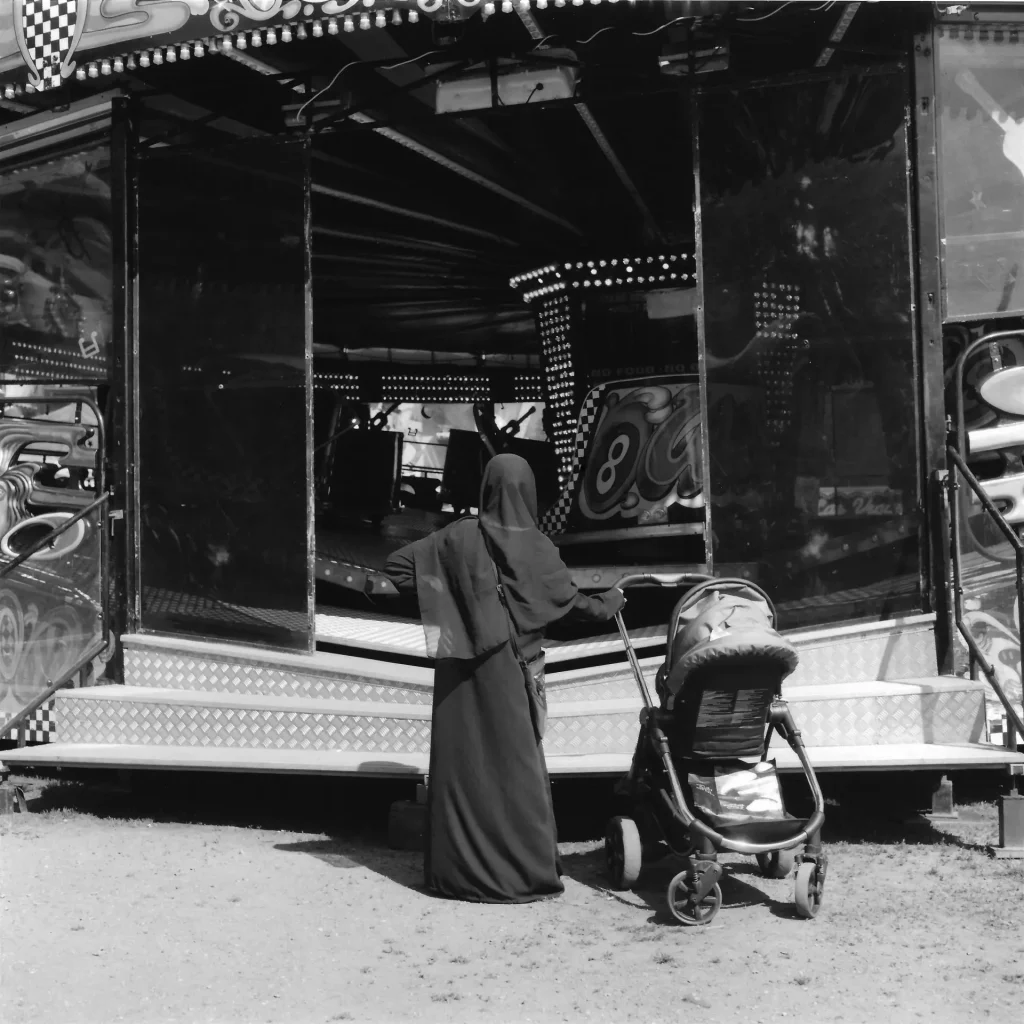
I should note that I have had some faults in Foma 200 film. And my internet exploring tells me I am not alone. I have had nasty scratches (not caused by anything in the camera) and also a weird kind of pinprick effect which looks like very fine black rain. I spoke with Foma about this, and whilst they didn’t want to totally admit responsibility they did basically say that Foma 200 uses a super sensitive emulsion. It becomes very soft indeed when subject to liquids and is easily impressionable.
I have since had less issues by making sure that ALL liquids hitting the film during processing are between 19-21 degrees. Before, perhaps when rinsing I had been cavalier with just letting cold water from the tap suffice, and it is possibly through temperature changes that I shocked the emulsion, allowing it to crack slightly.
This really wouldn’t be a problem with any other film including – strangely – Foma 100, which has a more hardy makeup. So, I would maybe recommend anyone wanting to try Foma films that they actually go for the 100iso first. If developing at home, I would still give it another 15% development time on top of what the charts say.
Some people suggest these Foma films resemble the old Tri-X we know so well from Magnum-heyday. Or even Plus-X. There is definitely a vintage feel to the grain type and lesser resolution than the likes of Delta or T-Max, but it’s certainly not outwardly “retro” looking to my eyes.
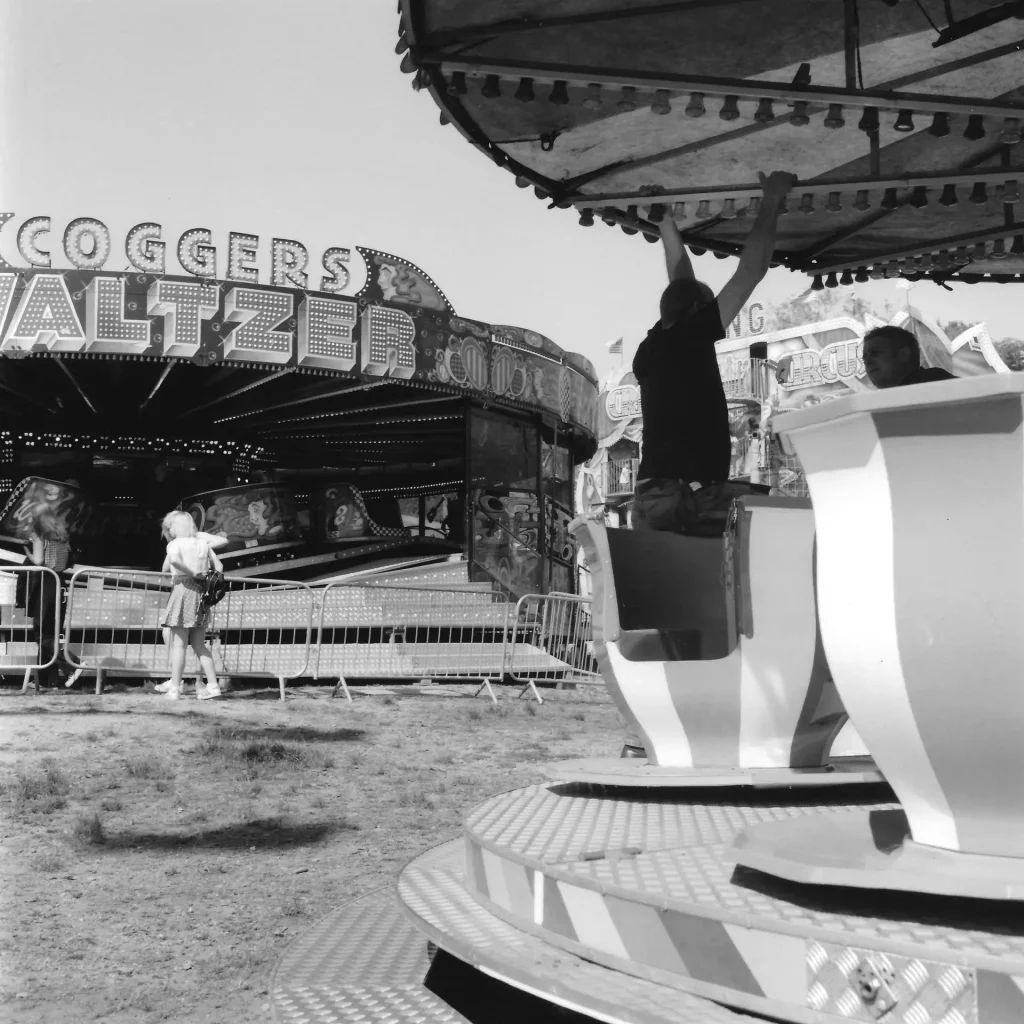
Back to the camera. There are two things I don’t like about the Minolta. Firstly, the strap attaches with the most idiosyncratic locking mechanism. You basically can’t get a replacement strap anywhere, and so if I lost mine would have to… I don’t know… it would involve small screws and drills and I don’t want to think about it. Dumb. Though I think I have seen some models of Autocord online (the variations are minor) with a slightly more normal looking pair of metal ears which can be used with a normal strap. If you’re going to buy one, try to look for one with a strap, or with the improved ears.
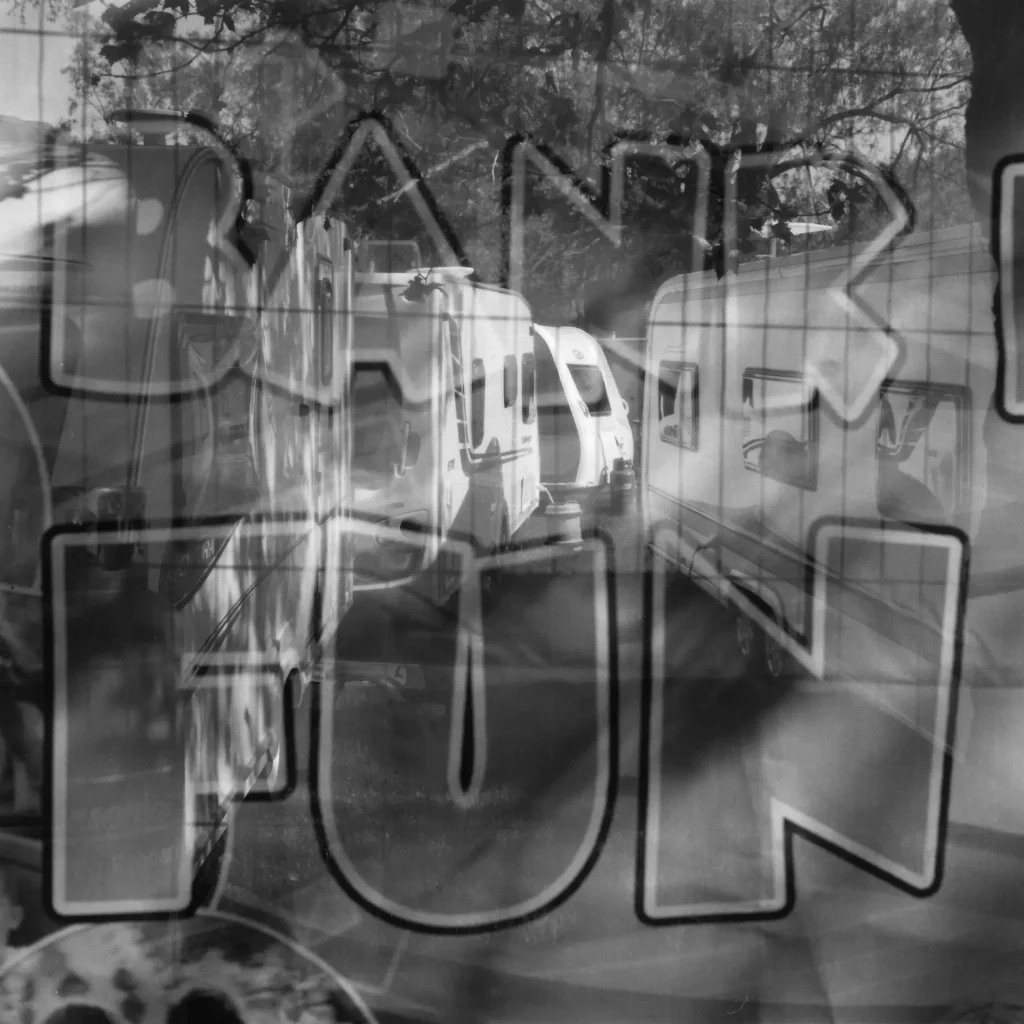
The second thing I don’t love about the Minolta (and perhaps someone can confirm if this is the same for a Rolleiflex or a Yashica TLR?) is that it is advised to never leave the shutter cocked for long periods of time, due to the spring mechanism in the design. Leaving the shutter cocked is effectively leaving the shutter spring taught which can wear it out and disrupt the accuracy of the speeds if done too much. This annoys me a little because I am used to my Leica iiif being advanced after every frame and ready for the next. When I see a photo, the only thing I want to do is compose and shoot. So there are times where I have cocked the Minolta shutter thinking there is one more shot at least to have, and I find myself back at home having not found that last photo to take. And I mustn’t leave the camera armed to shoot overnight really.
There is a simple way around this without wasting a photo: you just set the aperture to F22 and fire a shot into your chest – or into anything with no light, therefore taking a photo of total darkness which won’t translate as anything on that frame. Then next time you want to shoot, you simply perform a reverse crank of the arm as if you were intending to make a double-exposure (which indeed you are, only the initial exposure was of darkness). It’s not the end of the world at all, but it does mean I have to create little ways of REMINDING myself to reverse crank the arm next time I use the camera so as not to waste a frame by ADVANCING instead.
I remind myself my leaving the shutter speed set to B, as when I next pick it up I know I haven’t possibly been using the camera in Bulb mode the previous day/week. But someone else might just put a piece of masking tape or something on the camera to remind them. OK that was a long-winded way of explaining a tiny bug-bear. But this is a database of cameraphile minutia!
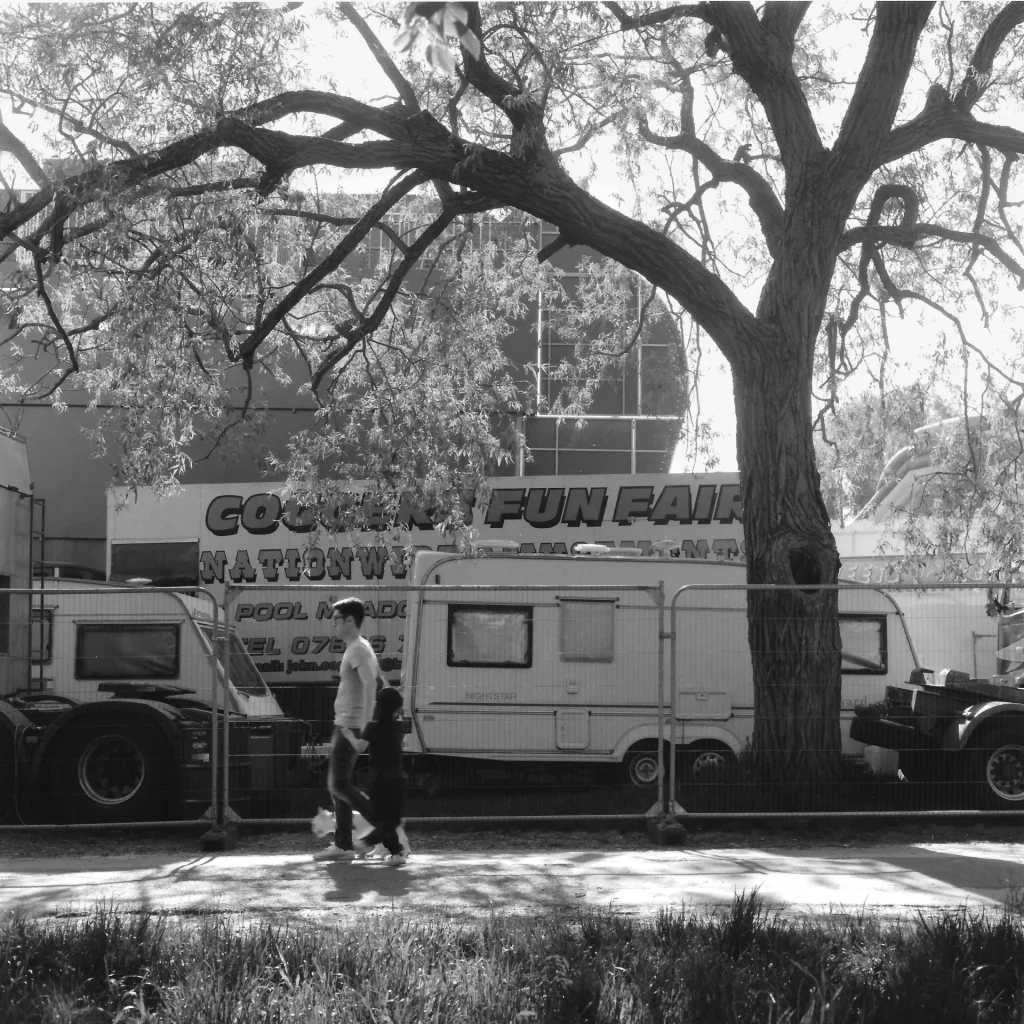
Bottom line: I’m making good photos with this camera. I’m going to use it a lot. A LOT. and probably for years. I might even be in the market for a backup at some point. They’re affordable.
And that’s a final point to reiterate before I finish. All things considered, this IS a fairly budget-conscious camera, and very budget conscious film. And I think you can agree the results aren’t shoddy. It’s always tempting to want the best… I could have gone after a Hasselblad or a Rolleiflex… but I can’t help thinking I’d feel very different carrying around a posher tool, and shooting £10 a roll Kodak film. Would it affect my decisions on what to photograph? Absolutely. A cheap-and-cheerful approach to photography I think often really allows us to just… play. And all good work in any medium always starts with play.
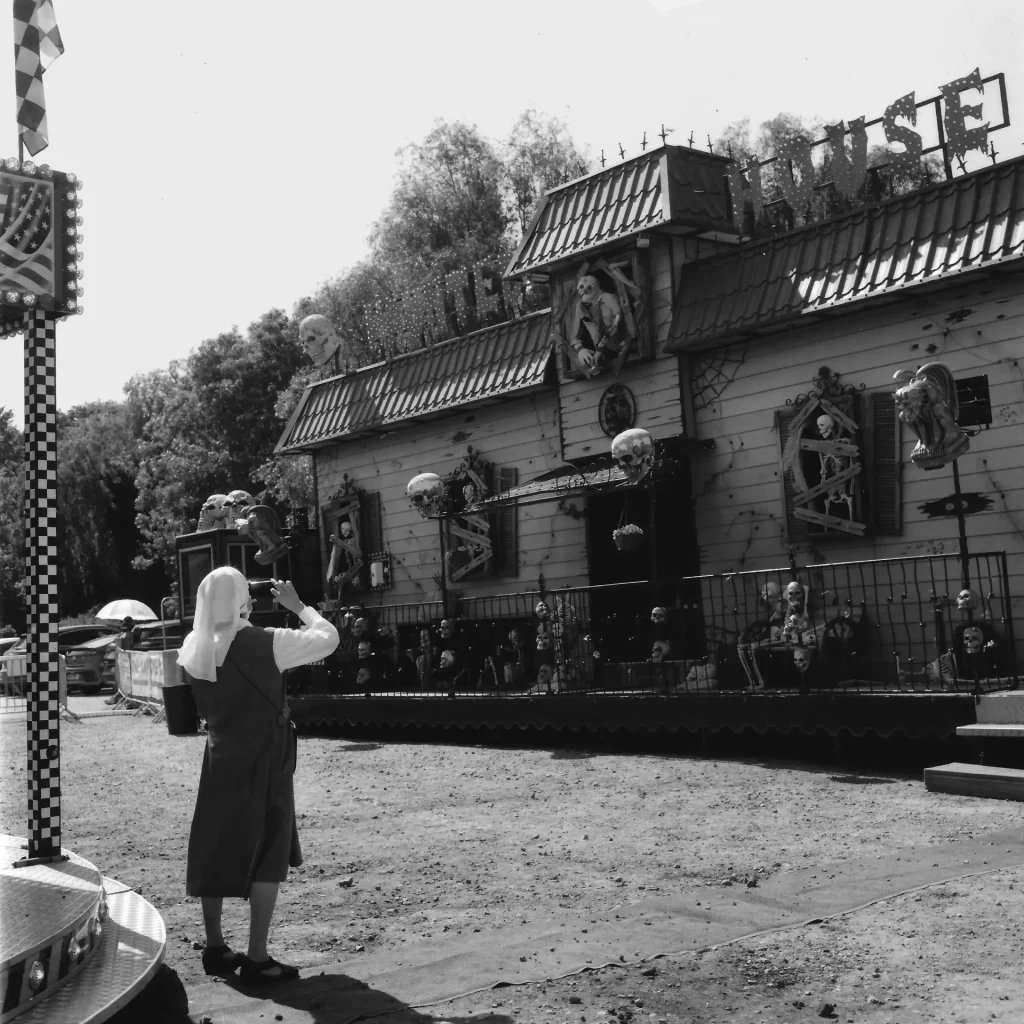
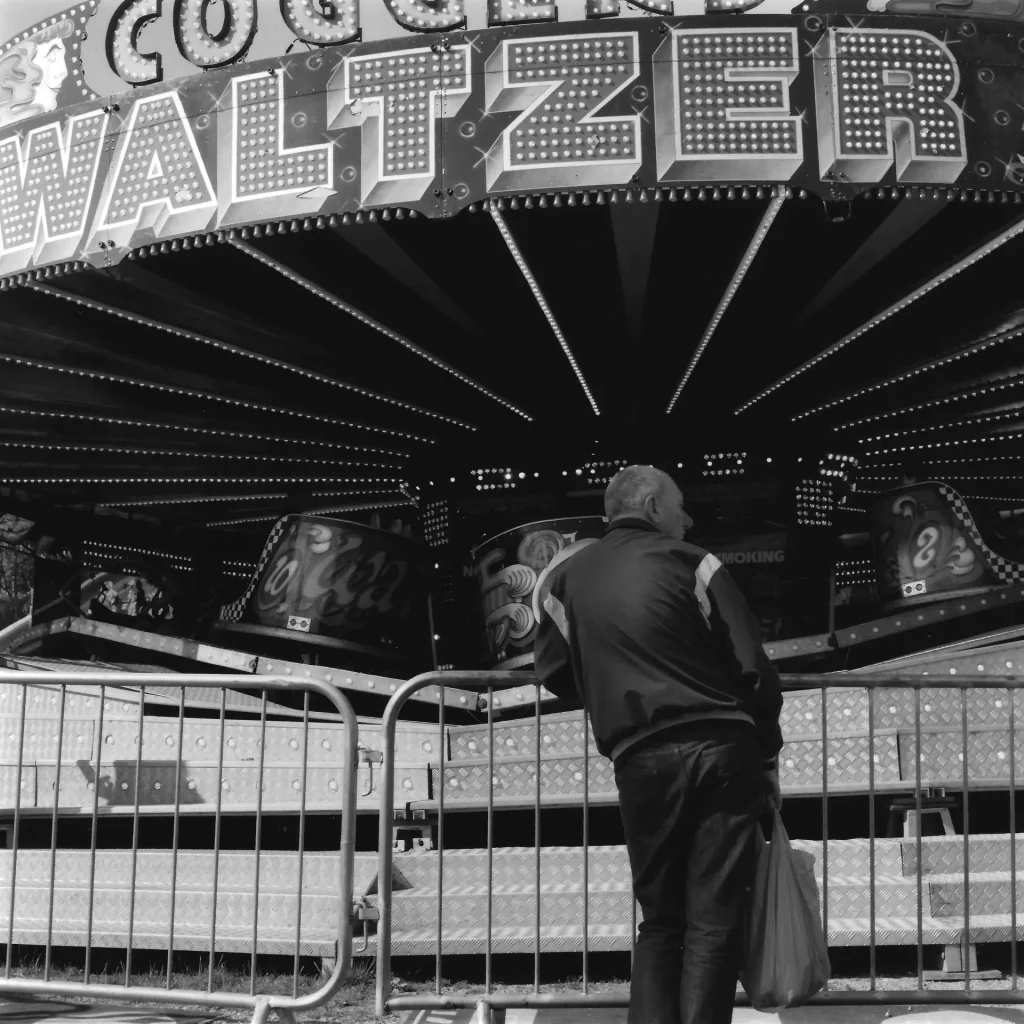
Thanks for reading.
I’m at: www.instagram.com/charlescavephoto
and Website
C
Share this post:
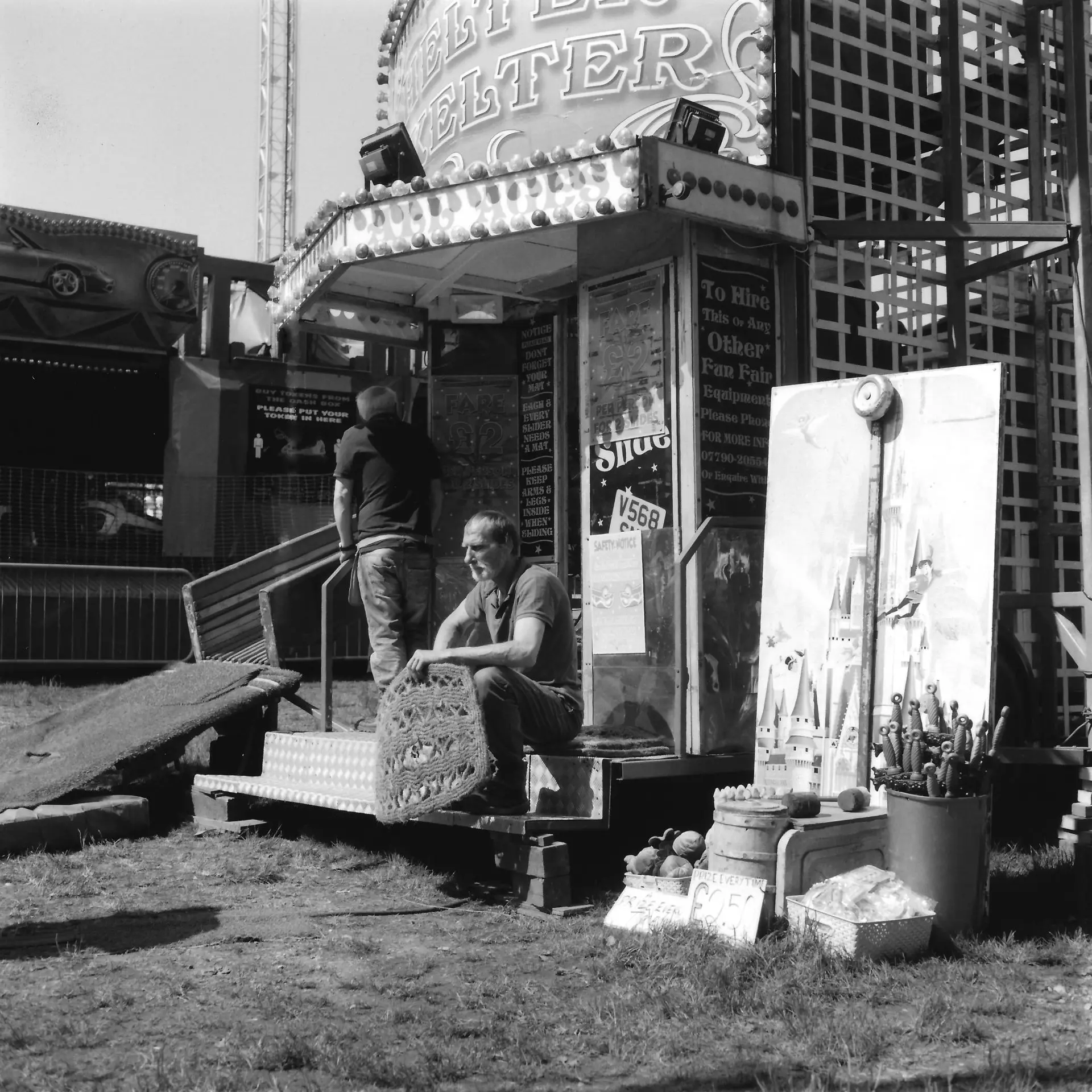








Comments
Martin JONES on Three Rolls of Foma at the Fairground With a Minolta Autocord – By Charles Cave
Comment posted: 06/08/2021
Ronald Piet on Three Rolls of Foma at the Fairground With a Minolta Autocord – By Charles Cave
Comment posted: 06/08/2021
Martin on Three Rolls of Foma at the Fairground With a Minolta Autocord – By Charles Cave
Comment posted: 06/08/2021
But of course that's just an opinion. The manual of my Yashicamat does not mention not to keep the shutter cocked, but I might have overread it. No Rolleiflex, sorry.
Great series of photos from the fun fair, BTW and an interesting read, thanks!
Take care and regards
Martin in Austria
Michael Jardine on Three Rolls of Foma at the Fairground With a Minolta Autocord – By Charles Cave
Comment posted: 06/08/2021
Ken Rowin on Three Rolls of Foma at the Fairground With a Minolta Autocord – By Charles Cave
Comment posted: 06/08/2021
Lee on Three Rolls of Foma at the Fairground With a Minolta Autocord – By Charles Cave
Comment posted: 10/08/2021
Wesley on Three Rolls of Foma at the Fairground With a Minolta Autocord – By Charles Cave
Comment posted: 11/08/2021